
Workshop
Workshop program at the TIABP 2025 conference
Ing. Radko Popovič, PhD.,RMR Future s.r.o. and doc. Ing. Miriam Pekarčíková, PhD., KPaDI
Learning Factory in Laboratory for the use of exponential technologies in micrologistics at KPaDI
The laboratory has been developing for 2 years with the support of research projects carried out at KPaDI as an integrated platform for the design, modeling and simulation of production and logistics flows and digitalization in the context of Industry 4.0. The Learning Factory at KPaDI allows students to enrich their practical skills and competencies related to modern methods, techniques and tools using educational robots Wlkata, which also have their own platform for the creation and testing of digital twins.
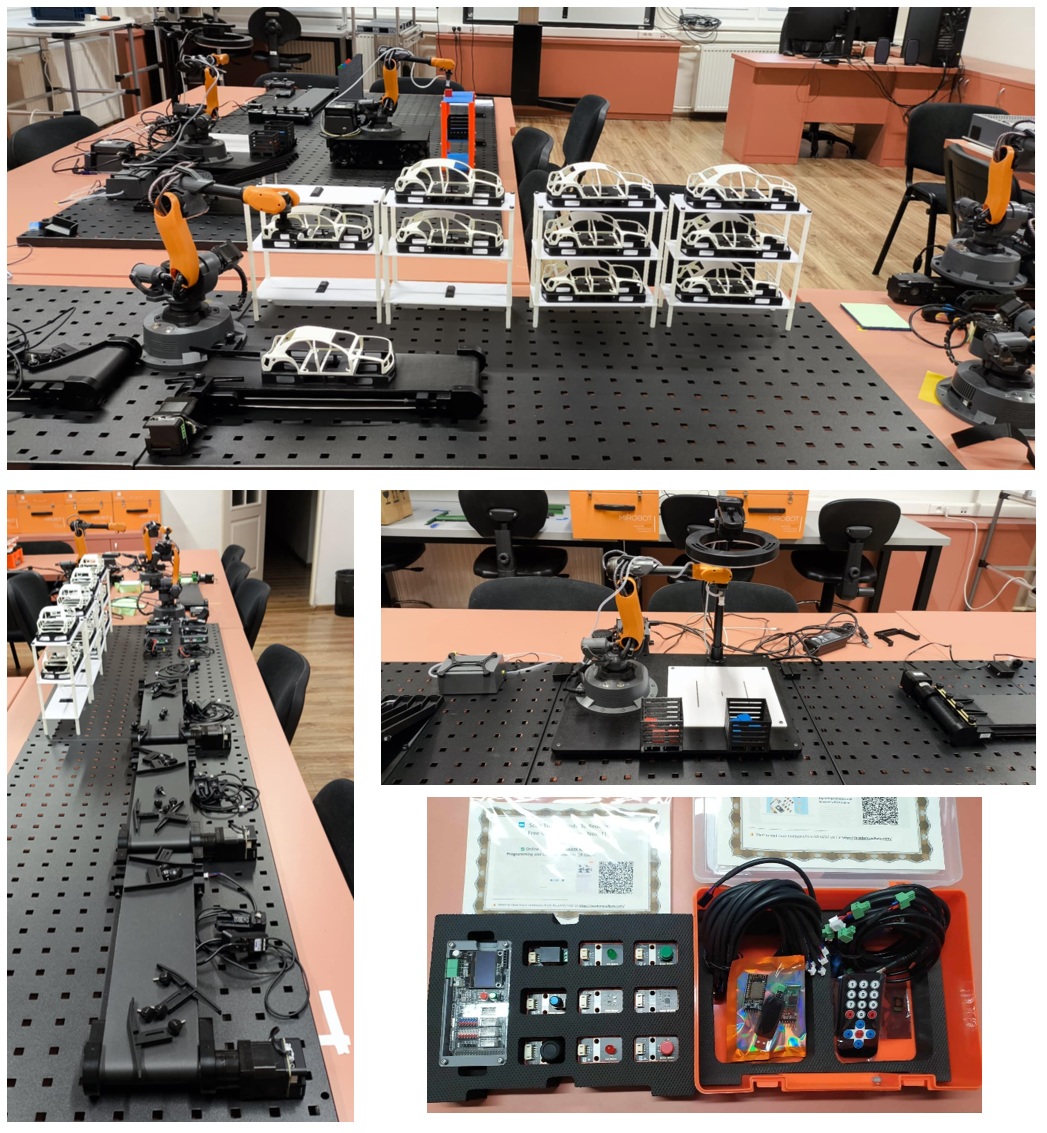
Ing. Matúš Matiscsák and Ing. Michal Baluch, Tauris Group and Ryba Košice
The importance of modelling and simulation tools in industrial practice
The use of simulation tools, virtualization, and other digitalization technologies is essential for companies aiming to remain competitive. Modeling and simulation enable process optimization, problem prediction, and more efficient production planning. A major challenge remains the standardization of communication protocols, which still requires further development. Rapid technological progress will bring faster, more user-friendly, and cost-effective solutions for both industry and households. However, the current costs related to hardware, software, and personnel remain high. In the future, even with the introduction of fully autonomous production supported by artificial intelligence, humans will continue to play a key role in interpreting data and making final decisions.
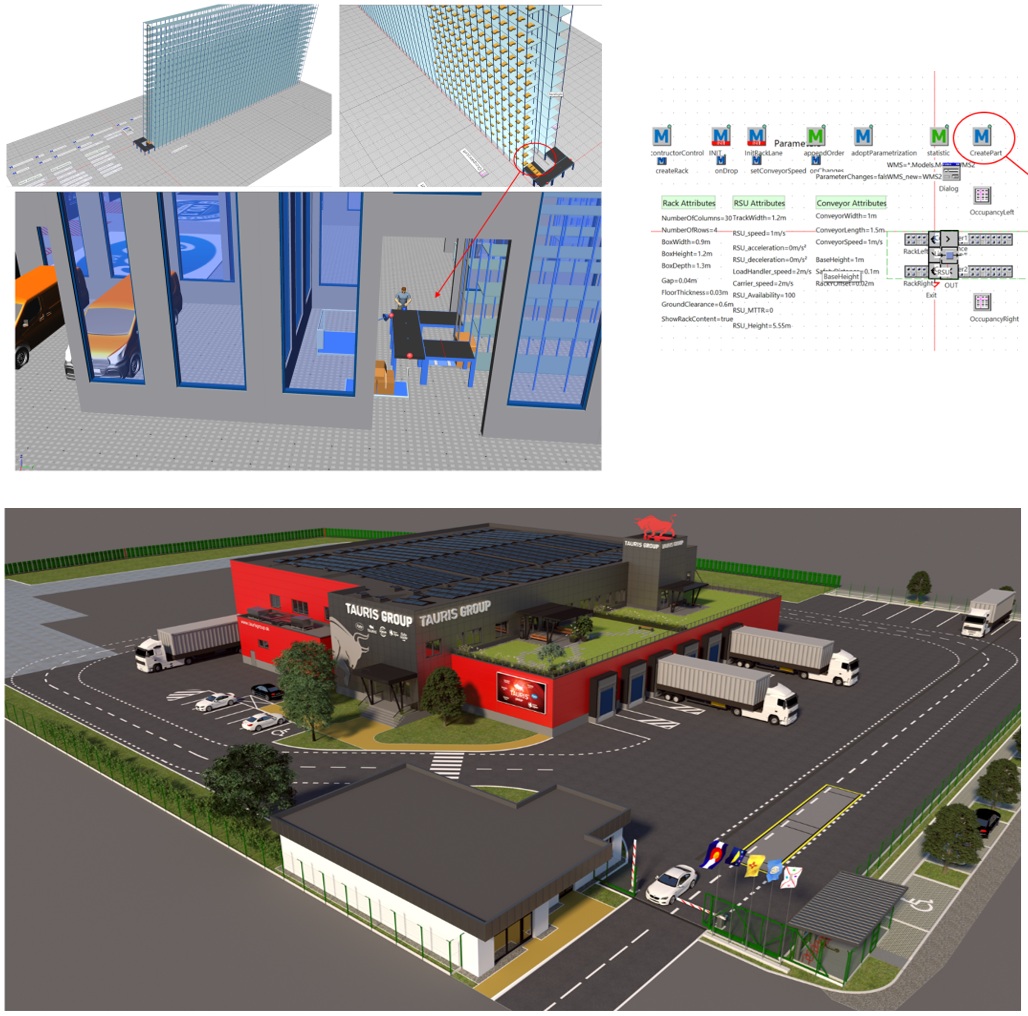
Ing. Laura Lachvajderová, PhD.
IBM Project Management Academy at KPaDI
The collaboration between IBM Slovensko s.r.o. and the KPaDI at the Technical University of Košice has led to the successful launch of the IBM Project Management Academy, organized for the first time as part of the academic curriculum focused on international project management. Over the course of five weeks, students engaged in a dynamic learning experience that combined theoretical foundations with practical insights from corporate environments. The sessions covered Agile methodologies, soft skills development, emerging trends, and the integration of artificial intelligence in project management. This initiative enabled students to deepen their understanding of modern and current project management practices and connect academic knowledge with real-world applications. The academy provided a valuable platform for knowledge exchange, fostering curiosity and professional growth among students. The collaboration not only enriched the educational experience but also strengthened ties between academia and industry.
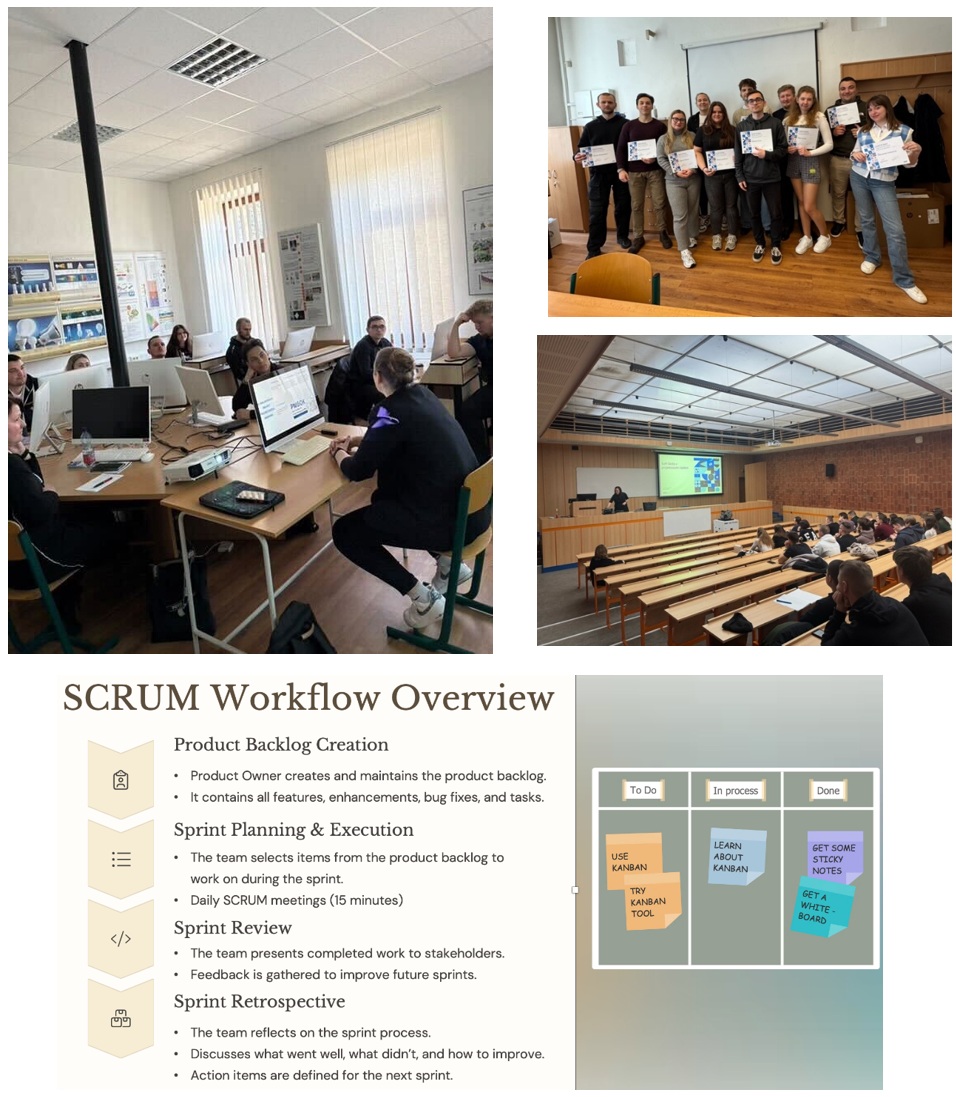
Ing. Ján Kopec, PhD., KPaDI and Ing. Jozef Trojan, PhD., KPaDI
Laboratory focused on process automation using PLC devices S7-1200 at KPaDI
The PLC teaching laboratory at KPaDI is a great benefit to students, as practical programming lessons prepare them to solve complex industrial problems in the field of production process automation. PLCs have become an integral part of automation in companies regardless of their size. They were created in response to the ever-increasing size and complexity of the hardware and software required for automated business projects. Industrial projects must increasingly be faster, more capable, more efficient, and simplified for operation. PLC is a form of control system used to automate production processes. It is a form of digital computer designed specifically for industrial applications and used in industrial sectors. The main function of a PLC is to act according to user settings and control individual operations of equipment or machines, either in an open or closed loop, in accordance with the functional cycle and in accordance with the signal transmitted from the sensors. As part of its links with industrial practice, KPaDI cooperates with MTS Slovakia, a company that focuses on automation in industry.
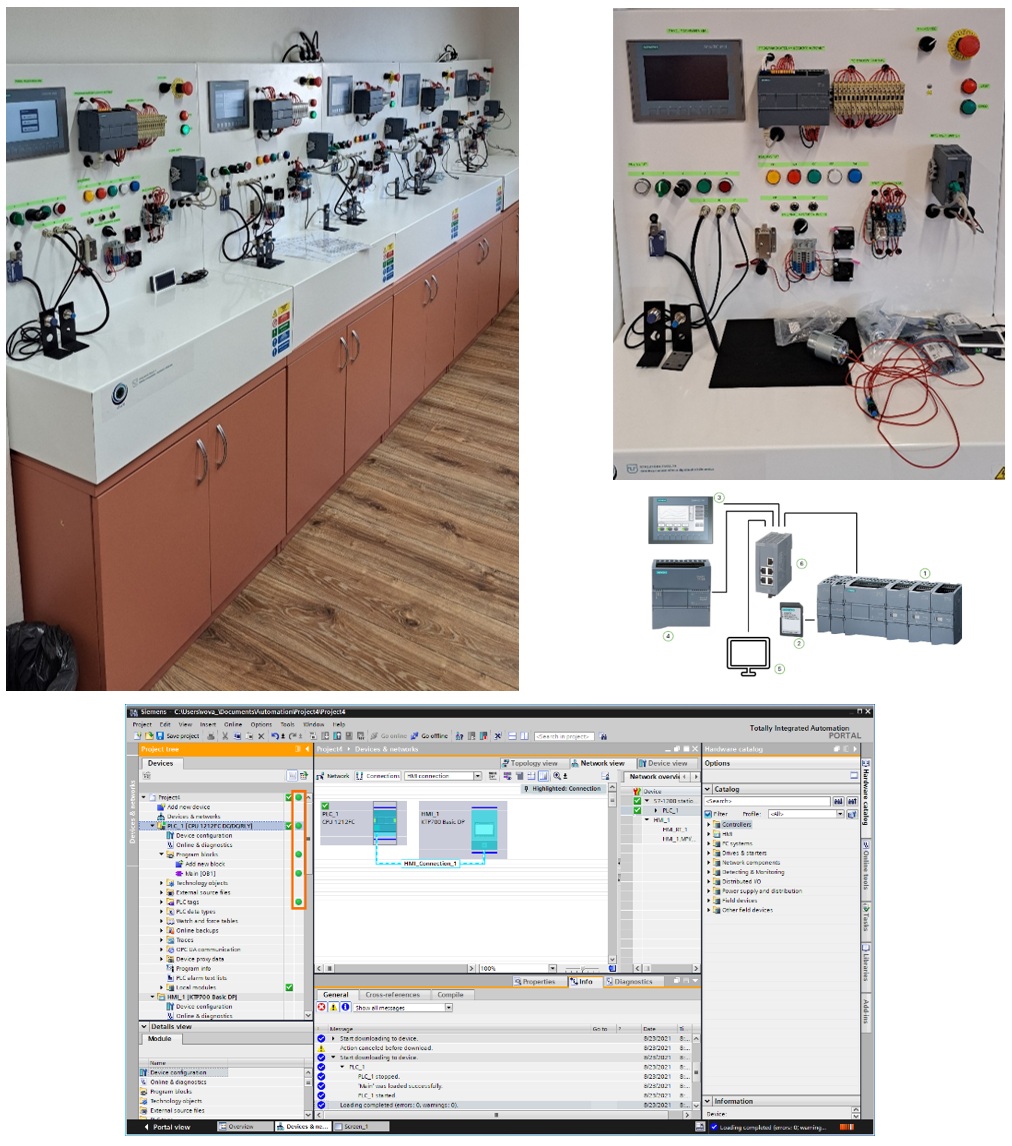
Ing. Erik Varjú and doc. Ing. Juraj Kováč, PhD., KPaDI
Learning Factory in Laboratory for the Use of Virtual Reality and Digital Twins in
Industrial Training
The laboratory at KPaDI
has developed a virtual replica of an industrial hall using PixyzReview and
Meta Quest 3, creating an exact digital twin of the real environment. This
project demonstrates how VR can serve as an innovative training platform, where
students and new employees can safely explore industrial workflows, practice
assembly and disassembly tasks, and learn the layout of complex workspaces.
The VR model reproduces machines, equipment, and hall structures with high accuracy, ensuring that skills learned in the simulation can be directly transferred to the real-world workplace.
By combining immersive visualization with interactive elements, the project contributes to the principles of Industry 4.0 and shows the potential of digital twins in education and professional training.
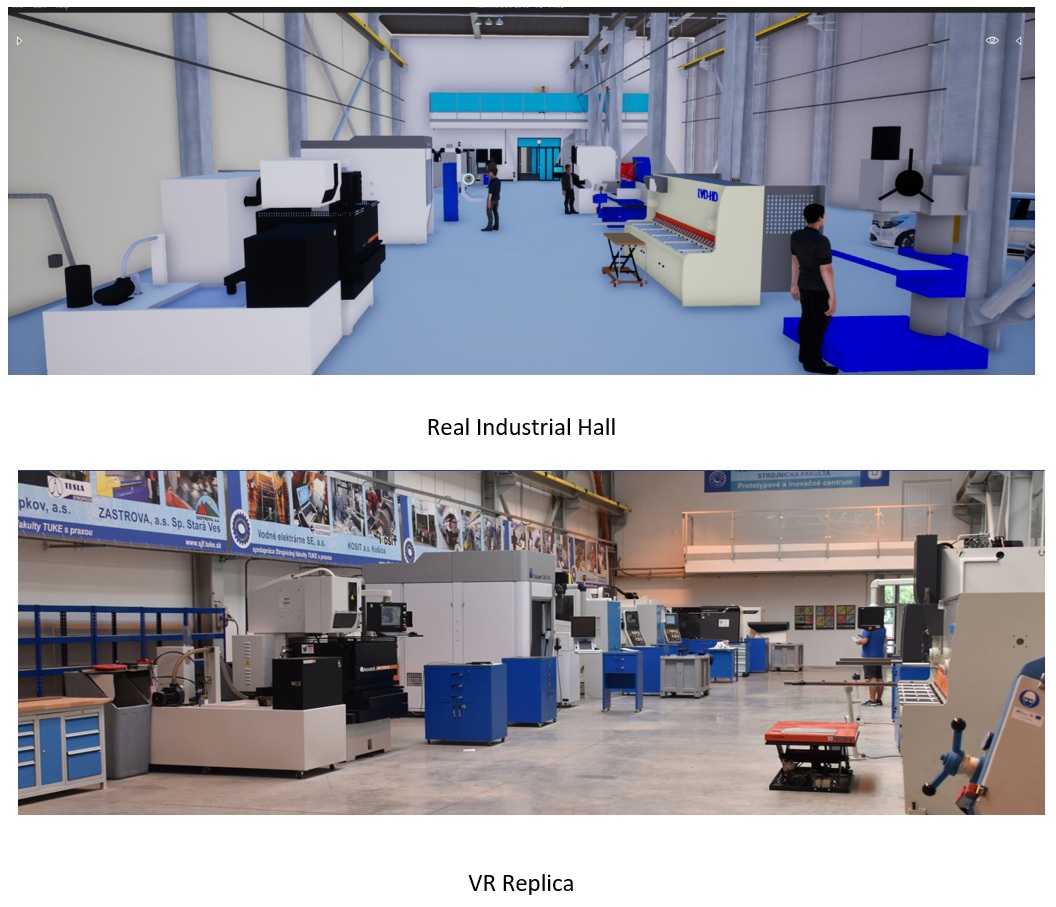
Ing. Marek Mizerák, PhD. and Ing. Laura Lachvajderová PhD., Minebea Slovakia s.r.o.
Application of Real-Time Locating System in the management of manufacturing companies
Real-time location system (RTLS) is an innovative tool that allows companies to accurately track the location and movement of production resources, materials or finished products. The information obtained provides managers with an immediate overview of what is happening in production, contributing to faster identification of bottlenecks, better planning and more efficient use of capacities. Workshop on resource development at Minebea Slovakia, where RTLS supports the optimization of technological processes, improving productivity and food competitions in the spirit of Industry 4.0 trends.
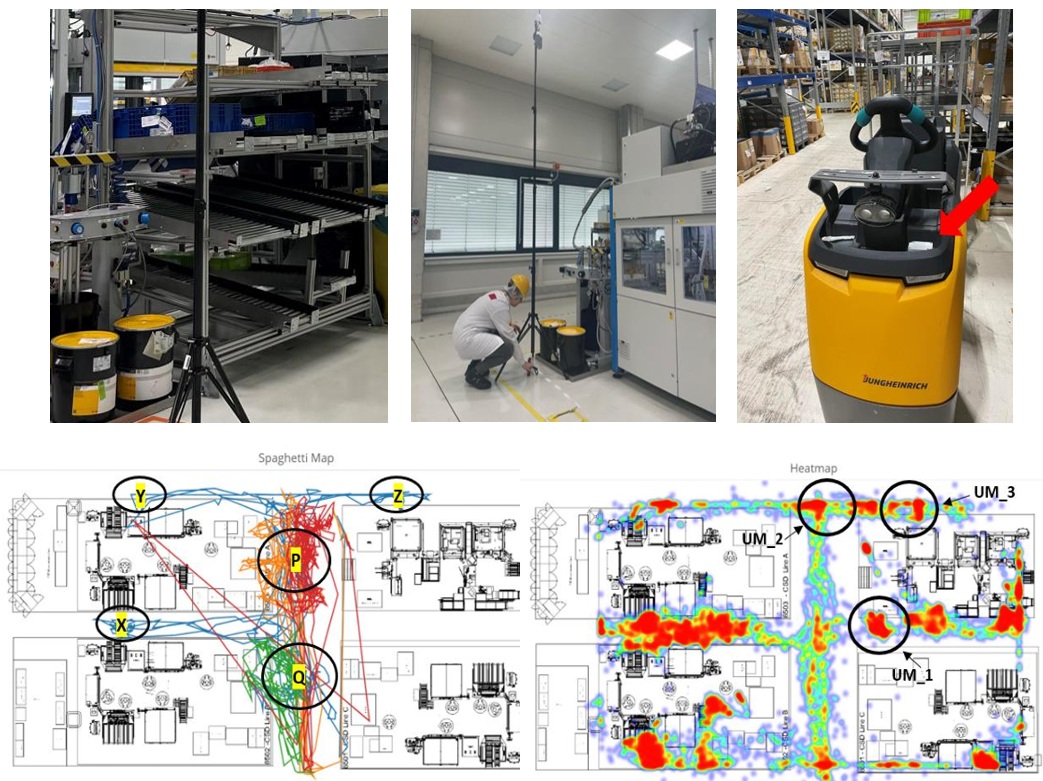
Workshop program at the TIABP 2024 conference
Also, during this year's TIABP conference, a workshop was held on various topics, which included the knowledge and practical experience of several experts from the manufacturing and non-manufacturing spheres, as well as the knowledge of some of our colleagues on various topics.
1. Ing. Daniel Tomko from the company TOMARK and TOMARK AERO presented the products of his companies and talked about the trends in the production of transport equipment and described the activities within the production and development of own-brand aircraft
2. Ing. Radko Popovič, PhD. and doc. Ing. Miriam Pekarčíková, PhD. once again introduced us to the news in the field of small educational robots of the brand WLKATA
3. Ing. Matúš Matiscsák and Ing. Michal Baluch from the companies Tauris Group and Ryba Košice explained the news within the production of these companies and presented the form of the new logistics distribution center, which was also created with the cooperation of KPaDI and Tauris Group
4. Ing. Marek Mizerák, PhD. presented news in the field of RTLS localization systems and explained the possibilities of using a mobile localization set for mapping the movements of material, people, and products in production, which KPaDI has and is able to use to perform measurements in operations in practice.
5. doc. Ing. Juraj Kováč, PhD. Ing. Erik Varjú presented new means for virtual, augmented, and mixed reality at the KPaDI SjF TUKE workplace, which can be used both in the teaching process and in the process of creating a virtual and augmented environment in practical production operations.
6. Ing. Ján Kopec demonstrated the innovations of the KPaDI workplace in the field of reverse technologies and introduced the participants to the functions of the new Prusa XL 3D printer.
Workshop program at the TIABP 2023 conference
COOPERATION WITH PRACTICE

COOPERATION WITH UNIVERSITIES

1. Ing. Radko POPOVIČ, PhD., RMR Future s.r.o.
Wlkata Mirobot as a Solution for AIoT and Industry 4.0 Education of Production Processes Simulation and Modeling
The mini robotic arm from WLKATA was specifically designed for engineering education. This open-platform hardware has a multi-functional extension module that can expand the external interface of the Mirobot. Users can thus develop their own applications with a mainstream platform. With its powerful and practical features, flexible programming, and technical certifications, you can get a lot from this mini robotic arm. This tool was designed to have the brain and brawn of industrial-grade robots without their cost and weight. The software also has decent features. With its overall capacity, it can bring robotics education and relationship with production processes simulation to the next level.
Industrial robots are most widely used in the automotive manufacturing industry. The smart factory for automobile production integrates a variety of artificial intelligence technologies such as intelligent control and sensors. The production line built by Wlkata mirobot components is based on a real car production scene, vividly showing the car assembly, welding, assembly, and other processes. Automobile Assembly Line is an effective combination of man and machine, and fully reflects the flexibility of the equipment.


Ing. Michal DIC, Siemens DISW, KPaDI
Siemens Digital Industries Software - Solid Edge Learning Resources for Educators
Using the Solid Edge Academic bundle academic institutions can teach their students not just mechanical CAD but a wide range of product development topics that will give their students experience in areas like:
- Creating photorealistic images and animations of designs and using these to communicate academic project work.
- Creating 3D digital models (also known as a "digital twin") of designs and using these throughout the project lifecycle.
- Optimizing components for strength, weight and material usage using Solid Edge Generative Design.
- Reusing data from suppliers and other projects that is supplied in different CAD data formats.
- Component level computational fluid dynamics (CFD) analysis using Simcenter FloEFD for Solid Edge.
- Manufacturing parts accurately and efficiently using both traditional machining and new 3D printing technologies, etc.
Instructional demonstrations for finding innovative solutions in project solutions


Ing. Michal
DIC, doc. Ing. Miriam Pekarčíková, PhD., Siemens
DISW, KPaDI
Siemens DISW - A holistic approach to Manufacturing Operations Management (MOM)
The growing complexity and variation of markets is forcing manufacturers to rethink their source-make-deliver processes, depending on target market locations, requirements and conditions. This requires a closer integration of manufacturing operations in the company's overall value chain – which will in turn call for harmonization of technologies, the capability to handle massive data flows, the use of appropriate metrics, and last but not least, the correct interpretation of this information.
Manufacturing operations management (MOM) is a holistic solution that provides full visibility into manufacturing processes so you can steadily improve manufacturing operations performance. As the evolution of a manufacturing execution system (MES), a MOM system consolidates all production processes to improve quality management, advanced planning and scheduling, manufacturing execution systems, R&D management and more.


Ing. Marek Kliment, PhD., Ing. Marek Mizerák, PhD., KPaDI, TestBed
RTLS (Real-Time Location System ) in the processing and testing of simulation models in a specialized TestBed laboratory
RTLS (Real Time Positioning System) are real-time systems for locating objects or people inside or outside buildings. They are used in medical facilities, manufacturing plants, warehouses and other industries where it is necessary to control the movement of equipment or personnel. Sewio RTLS consists of several components including transmitters, receivers, antennas and software. Transmitters are placed on the objects to be tracked and emit signals that are then received by receivers. The receivers process the signals and send the data to the central control system, where it is analyzed and presented as information about the location of the objects.




Ing. Matúš Matiscsák, Tauris, KPaDI
Integration of industrial engineering methods into a real project
Simulation and virtualization are two tools that open the door to new ways of training, education and practical use in many industries. These technologies allow us to create and work in simulated or virtual environments. In professional circles and in research, simulations and virtualization are used to test hypotheses, model complex systems, and improve understanding of real-world situations. For practical applications in various industries, these technologies allow to reduce costs, minimize risks and improve performance. Key issues in simulation include obtaining valid source information about a relevant selection of key characteristics and behaviors, use of simplifying approximations and assumptions within the simulation, and the fidelity and validity of the simulation results. Simulation and virtualization are constantly evolving fields that contribute to innovation and improvement in many aspects of our lives.
The project life cycle includes the necessary steps for project managers to successfully manage a project from start to finish. According to the ISO 10006 standard, four phases of the project life cycle are defined:
- Project concept,
- Project development,
- Implementation of the project,
- Completion of the project.


The workshop is supported by project:
APVV-17-0258, APVV-19-0418
KEGA 020TUKE-4/2023
VEGA 1/0438/20, VEGA 1/0508/22
Workshop program at the TIABP 2022 conference
1. Ing. Radko POPOVIČ, PhD., RMR Future s.r.o.
Wlkata Robotics
- presentation of the possibilities of using Wlkata Robotics in industrial and digital engineering
- the use of laboratory conditions in the solution of project activities involving modeling by assimilation of real situations
- modeling and simulation of production and non-production processes
- possibility of 3D display of the modeled line using own software
- learning artificial intelligence engineering (AIE)
2. Ing. Juraj Slovák, PhD., SOVA Digital
TestBed
4.0
- research, testing, and simulations solved in the specialized TestBed 4.0 laboratory
- research and development in the field of Industry 4.0 according to customer requirements
- education and courses implemented in the subject area in a specialized laboratory
- presentation of cooperation with the KPaDI workplace in the project area
- involvement of students in KPaDI project activities and potential in solving final theses
3. Ing. Juraj Kováč, PhD., KPaDI
- the use of digital technologies, simulation tools and virtual reality in the project activities of the KPaDI workplace
- presentation of partial outputs associated with the project activities of the KPaDI workplace in the field of virtual reality application
- presentation of the hardware, software and personnel possibilities of the KPaDI workplace to solve tasks in the subject area
4. Ing. Marek Kliment, PhD., KPaDI
Simulation models and their implementation in the optimization of production processes and systems
- presentation of partial outputs from solved project stages using the simulation tool TX Plant Simulation
- a virtual tour of simulation models developed as partial outputs of project activities
- presentation of cooperation with practice in solving partial outputs of project activities
5. Ing. Marek Mizerák, KPaDI
Analysis of logistics flows through localization technology systems
- presentation of partial outputs associated with the project activities of the KPaDI workplace in the field of application of RTLS technology in logistics and in the production sphere
- presentation of the hardware, software and personnel possibilities of the KPaDI workplace to solve tasks in the subject area
- A demonstration of the possibilities of working with RTLS localization technology
6. Ing. Jozef Trojan, PhD., prof. Ing. Peter TREBUŇA, PhD., Ing. Ján KOPEC, KPaDI
Using
the RULA ergonomic method on the assembly line
- the potential of using selected software of the Tecnomatix - TX Process Simulate package when solving specific project activities
- presentation of partial outputs associated with the project activities of the KPaDI workplace in the area of the TX Process Simulate application aimed at modeling and simulating the human workload during assembly
- demonstration of the possibilities of working with the TX Process Simulate package - creation and testing of a simulation model
The digital form of a training center for logistics processes
- the use of modeling software in the creation of the layout of a specialized laboratory with the aim of intelligent monitoring of the modeled logistics processes
- presentation of partial outputs associated with the project activities of the KPaDI workplace in the field of modeling available
- a demonstration of the possibility for students when solving final theses when investigating movements with the possibility of optimizing the layout of the production layout
- Sample of the partial output of project activities - modeling of the layout of a specialized laboratory

DEPARTMENT OF INDUSTRIAL AND DIGITAL ENGINEERING
Faculty of Mechanical Engineering
Technical University of Košice
Park Komenského 9
04200 Košice, Slovak Republic
https://www.sjf.tuke.sk/umpadi/sk/

